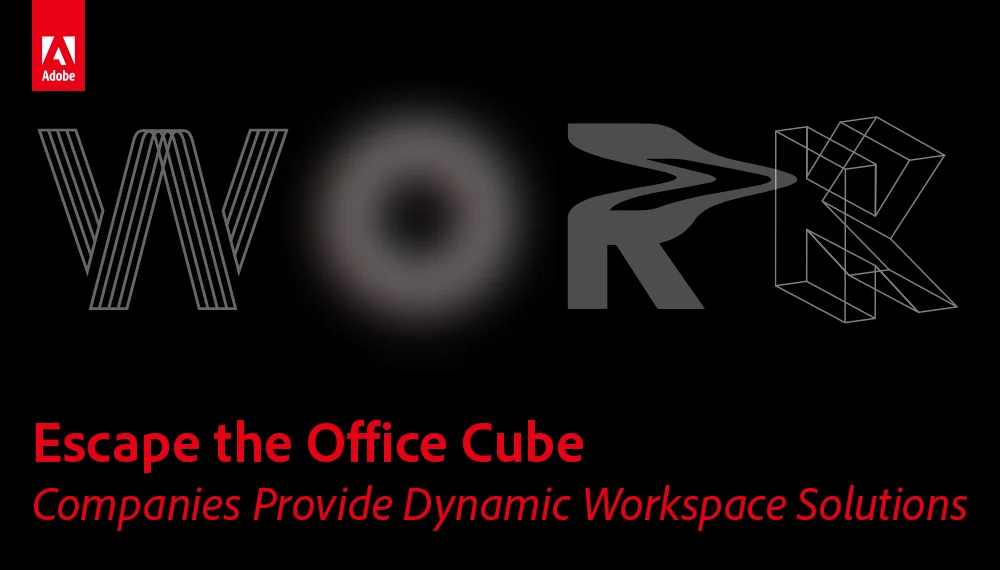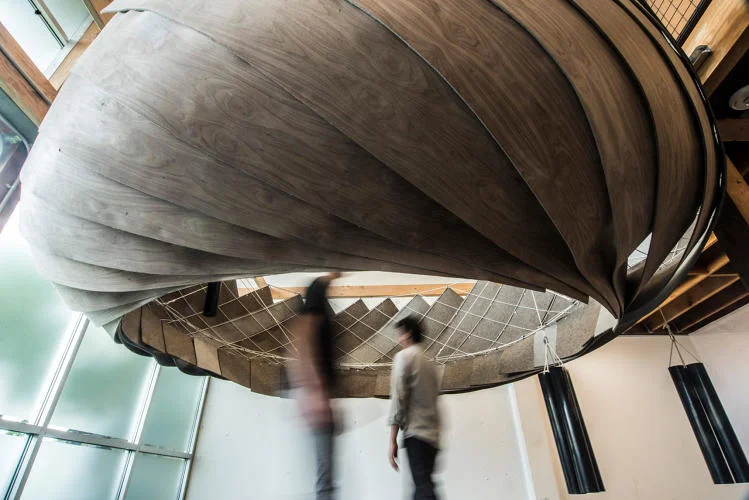The design of work environments has undergone major changes in the past decade as Baby Boomers have begun to retire and Gen X'ers and Gen Y'ers (Millennials) have begun to dominate the workforce. Boomers desire for hierarchy and private offices has given way to open offices and more collaborative workstyles.
Will this trend continue for the foreseeable future? Most likely yes, BUT . . .
The next generation of workers is just beginning to enter the workforce and they will have a significant impact on design of work environments. Generation Z (generally those born after 1995) will create another shift in how we think about work. In approximately five years, they will comprise approximately 60 to 80 million people and 20 percent of the U.S. workforce.
























